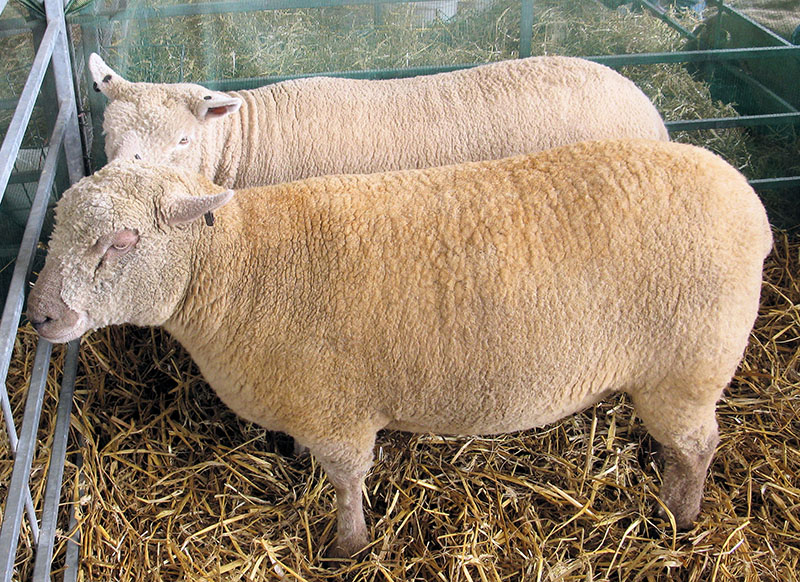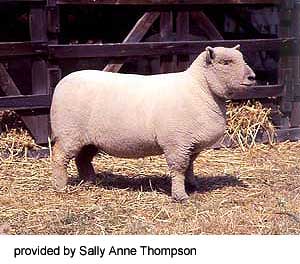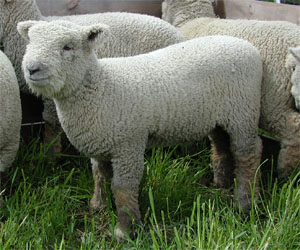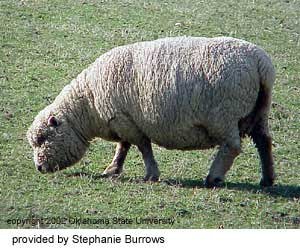Southdown Sheep
The Southdown were developed in  Sussex, England during the late 1700 and early 1800s'. Documented importations were
made into Pennsylvania from 1824 to 1829 from the English Flock of John Ellman. Later
importations from the Jonas Webb flock were made into Pennsylvania, New York and Illinois.
These two men are considered by many to be the standardizer and main improver of the
breed. As expected, many of the early registered sheep were imported from England.
Sussex, England during the late 1700 and early 1800s'. Documented importations were
made into Pennsylvania from 1824 to 1829 from the English Flock of John Ellman. Later
importations from the Jonas Webb flock were made into Pennsylvania, New York and Illinois.
These two men are considered by many to be the standardizer and main improver of the
breed. As expected, many of the early registered sheep were imported from England.
The Southdown is best suited for farm flock production. It is a medium to small sized breed with a gray to mouse-brown face and lower legs and is polled (hornless). Southdown are an early maturing breed with good lambing ability and average milk production. They excel in a cross breeding program in their ability to produce meaty lamb carcasses at light weights and hot-house lambs. The Southdown is adaptable to varied and wet climates.
Mature weights for Southdown rams range in weight from 190-230 lbs (86-104 kg), ewes
are slightly smaller and weigh from 130-180 lbs (59-81 kg). Fleece weights from mature
ewe are between five and eight pounds (2.25-3.6 kg) with a yield of 40-55%. The fleeces
are considered medium wool type with a fiber diameter of 23.5-29.0 microns and a numerical
count of 54-60. The staple length of Southdown fleece ranges from 1.5-2.5 inches (4-6
cm).
Registries and Breed Associations
United States
American Southdown Breeders' Association
100 Cornerstone Road
Fredonia, TX 76842.
Phone: (915) 429-6226
References
American Southdown Breeder's Association, HCR 13, Box 220, Fredonia, TX 76842. Phone: (915) 429-6226
Mason, I.L. 1996. World Dictionary of Livestock Breeds, Types and Varieties. Fourth
Edition. C.A.B International. 273 pp.
Who's Who in U.S. Sheep Breeds (poster), American Sheep Industry Assn., Inc.; 6911 S. Yosemite St. Suite 200; Englewood, CO 80112-1414
Phone: (303) 771-3500 Fax: (303) 771-8200



